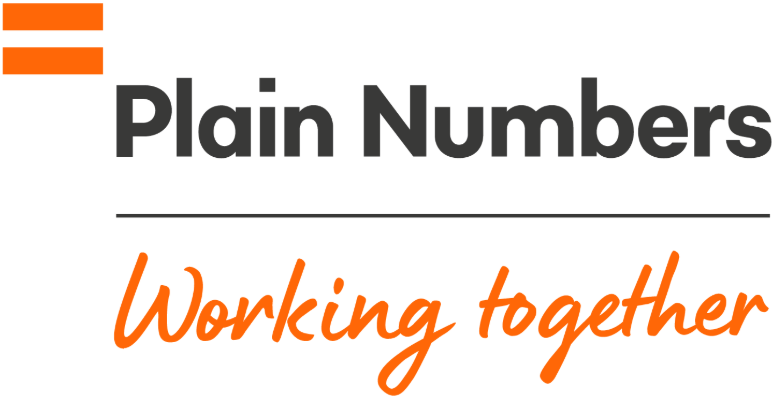People are aware of poor literacy and many governments over the years have created several initiatives to improve levels. However, poor numeracy is a bigger problem in the UK compared to literacy skills. Plain Numbers was set up to help organisations to improve how they communicate numbers to their customers. By following their simple principles it can help improve people's understanding.
RSA has partnered up with Plain Numbers to raise awareness and help improve the way we communicate with our brokers and customers. Read more to learn who Plain Numbers are, what they do and why their work is so important.

What is Plain Numbers
In the UK, around 49% of the population has the numeracy skills of an 11-year-old. This could lead to people not fully understanding numerical information from financial services, utility providers or at work.
Plain Numbers was launched to support organisations in improving the understanding of numbers in their customer communications. This supports those with general numeracy challenges as well as recognised conditions such as maths anxiety or dyscalculia. Plain Numbers thinking is if you enable clear communication of numbers everywhere, people can better understand the choices they face like:
Big life decisions, like mortgages, investments or pensions
Everyday money, like energy bills, banking and credit cards and insurance
Anywhere there are numbers, like your payslip or salary, tax or benefits
Why is Plain Numbers important?
The reasons why Plain Numbers principles are important to follow and why businesses should adopt this approach are:
Clarity: Presenting numbers with a clear narrative helps remove ambiguity, provides a clear and accurate representation of financial information and improves understanding to enable people to make informed decisions.
Efficiency: Simplifying numerical data could help reduce people's time when interpreting financial information, allowing them to make informed decisions on what's best for them.
Error reduction: Simplified numerical formats minimise the likelihood of misunderstanding or mistakes.
Impact on brokers: For brokers, a Plain Numbers approach helps to make communications easier to understand to facilitate quicker and more accurate analysis of market trends, enhance reporting capabilities, and improve communication with clients. This means brokers can provide a better service and help customers make more informed decisions.
How does Plain Numbers work
Using the power of storytelling gives the reader context of the numbers and makes it relatable, helping them better understand what you are trying to tell them. Striking the right balance between what the organisation wants to communicate and what the customer needs to know is key. Then, apply the Plain Numbers principles and evaluate the communication as a whole to ensure:
- Information is in the right order (by importance to the reader)
- Has a clear narrative
- Clear next steps
- As many people as possible can understand the numbers and messages to help make an informed choice
Conclusion
Everyone can appreciate when people better understand communications that this can help them make more informed decisions. If you would like to know more about Plain Numbers and how we can support you, please get in touch with your local Sales and Underwriting representative.



